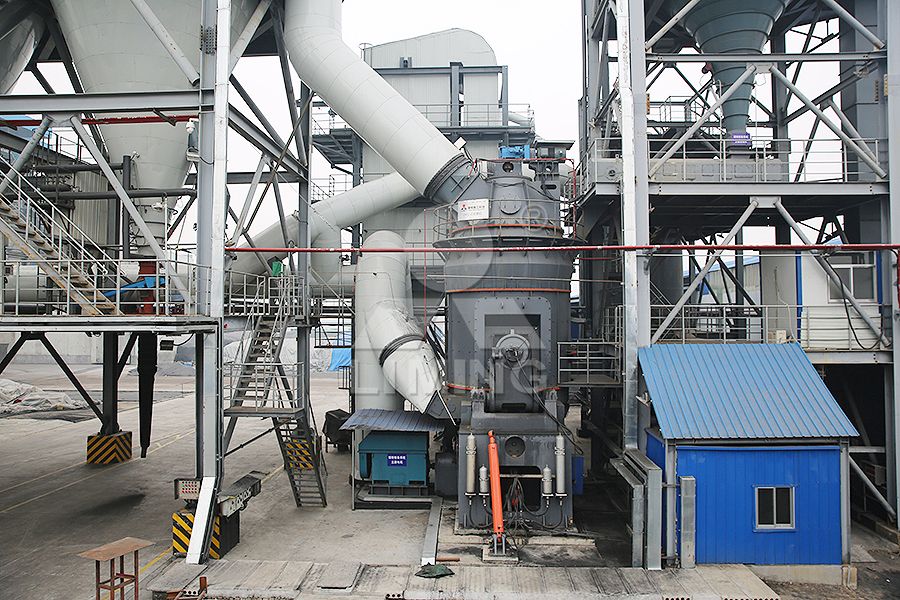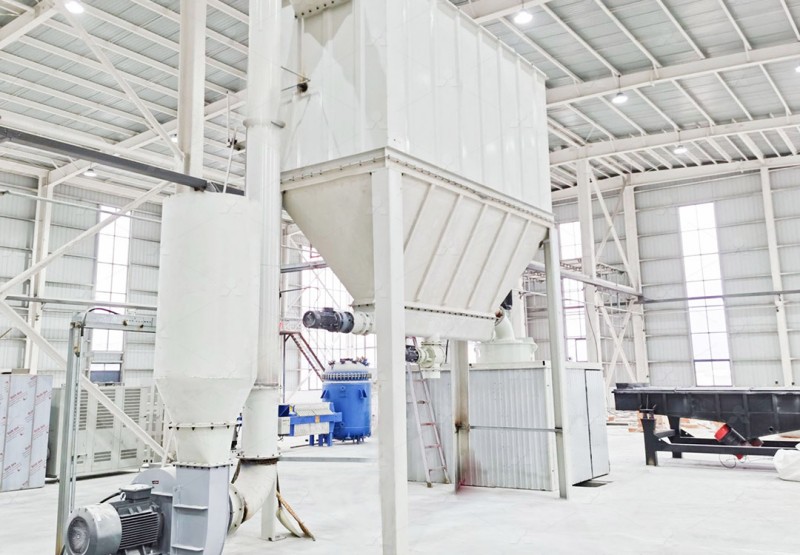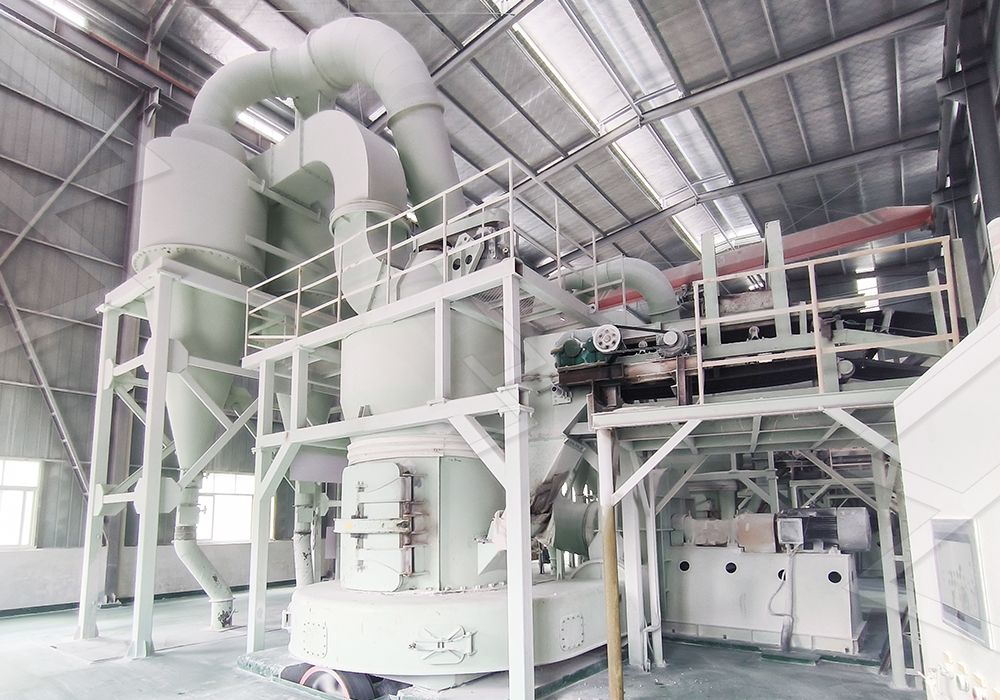Cost Analysis of 300 Mesh Vertical Mill for 2t/h Quicklime Production as Concrete Additive
Cost Analysis of 300 Mesh Vertical Mill for 2t/h Quicklime Production as Concrete Additive
Producing high-quality quicklime powder for concrete additives requires precise particle size control and consistent output. For operations targeting 2 tons per hour of 300-mesh quicklime powder, selecting the right grinding equipment becomes crucial for both product quality and operational economics. This analysis examines the cost factors and technical considerations for such production requirements.
The fineness specification of 300 mesh (approximately 50 microns) demands equipment capable of precise particle size distribution control. Traditional ball mills often struggle with energy efficiency at this fineness level, while Raymond mills may face challenges with consistent output quality. Modern vertical roller mills have emerged as the preferred solution for medium-fine grinding applications in mineral processing.

Technical Requirements for 300 Mesh Quicklime Production
Quicklime (calcium oxide) used as concrete additive requires specific characteristics: controlled reactivity, minimal impurities, and consistent particle size distribution. The 300-mesh specification ensures optimal reactivity without compromising workability in concrete mixtures. Achieving this fineness while maintaining 2t/h production capacity requires careful equipment selection.
The grinding system must handle the abrasive nature of quicklime while preventing overheating that could lead to premature hydration. Efficient drying capability is essential since quicklime is hygroscopic and moisture absorption can compromise final product quality. The system should also incorporate effective dust collection to maintain plant cleanliness and product recovery.
Equipment Selection: Vertical Mill Advantages
For this specific application, we recommend our MW Ultrafine Grinding Mill as an optimal solution. With a capacity range of 0.5-25 tph, it comfortably handles the 2t/h requirement while offering flexibility for future production increases. The mill’s ability to produce powder between 325-2500 meshes makes the 300-mesh target easily achievable with precision control.
The MW Ultrafine Grinding Mill incorporates several features specifically beneficial for quicklime production: higher yielding with lower energy consumption (40% higher production capacity than jet grinding mills), adjustable fineness through German cage-type powder selector technology, and no rolling bearings in the grinding chamber that could be compromised by lime dust. The integrated pulse dust collector ensures environmentally compliant operation, a critical consideration for concrete additive production facilities.

Operational Cost Considerations
The total cost of ownership for a 300-mesh quicklime grinding system encompasses several factors beyond the initial equipment investment. Energy consumption typically represents 40-50% of operational costs in fine grinding applications. The MW Ultrafine Grinding Mill’s 30% reduction in system energy consumption compared to jet grinding mills translates to significant savings over the equipment lifespan.
Maintenance costs for quicklime grinding can be substantial due to the material’s abrasive nature. The MW mill’s design without rolling bearings and screws in the grinding chamber eliminates common failure points. External lubrication capability enables continuous 24-hour operation without shutdowns for maintenance, maximizing production uptime.
For operations requiring higher capacity or dealing with varying raw material characteristics, the LUM Ultrafine Vertical Grinding Mill presents an excellent alternative. With capacity up to 18 tph and advanced powder separating technology, it offers exceptional energy efficiency (30-50% reduction compared to conventional mills) and easier maintenance through its reversible structure.
Return on Investment Analysis
A comprehensive ROI calculation for a 2t/h quicklime production system must account for equipment cost, installation, energy consumption, maintenance, and product value. Vertical mills typically demonstrate payback periods of 18-30 months for quicklime applications, with the MW Ultrafine Grinding Mill often achieving the lower end of this range due to its operational efficiencies.
The system’s ability to maintain consistent 300-mesh product quality reduces downstream processing costs and minimizes product rejection. The integrated dust collection system recovers valuable product that would otherwise be lost, contributing additional revenue while ensuring environmental compliance.

Frequently Asked Questions
What is the typical energy consumption for producing 2t/h of 300 mesh quicklime?
The MW Ultrafine Grinding Mill consumes approximately 30-40% less energy than conventional jet mills for the same output, with specific consumption typically ranging between 45-55 kWh per ton depending on raw material characteristics and system configuration.
How does the mill maintain consistent 300-mesh fineness?
Our mills feature advanced cage-type powder selectors with German technology that provide precise particle size classification. The multi-head selector can be configured for specific yield, fineness, and sieving rate requirements, ensuring d97≤5μm consistency.
What maintenance requirements should we anticipate?
The MW Ultrafine Grinding Mill requires minimal maintenance due to its absence of rolling bearings in the grinding chamber. Routine maintenance primarily involves external lubrication and periodic inspection of grinding elements, with typical intervals of 800-1,000 operating hours.
Can the system handle variations in raw material moisture content?
Yes, the integrated drying capability allows processing of materials with varying moisture content. For quicklime specifically, the system maintains appropriate temperatures to prevent hydration while ensuring efficient grinding.
What safety features are incorporated for quicklime processing?
The system includes comprehensive dust collection, explosion-proof options where required, temperature monitoring, and automatic shutdown systems to ensure safe operation with quicklime materials.
